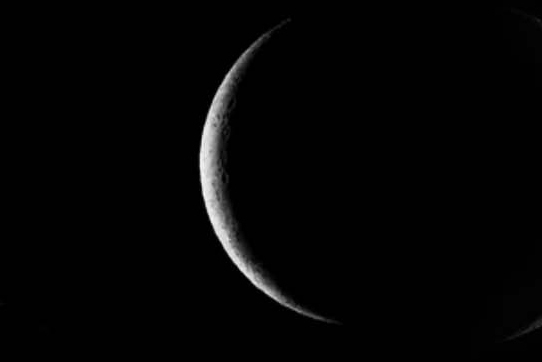
Manama: The Supreme Court in Saudi Arabia has called on all Muslims across the kingdom to report the sighting of the crescent on Saturday evening.
Those who can see the crescent through the naked eye or a telescope are urged to contact the nearest court and inform them, the court said.
The sighting of the crescent will mark the end of the month of Ramadan during which Muslims fasted. Fasting is one of the five pillars of Islam.
The lunar month will last 29 or 30 days and will end on Saturday on Sunday. The next day will be Eid Al Fitr, one of the two major feasts in Islam. The other, Eid Al Adha, is celebrated on the 10th day of Dhul Hijja.
Several other Muslim countries have also called on their citizens and residents to report the sighting of the crescent.
Ramadan is the ninth month of the 12-month lunar-based Hijri calendar followed by Muslims.
The start and the end of the month of Ramadan has often been a point of debate among Muslims that how different countries claim sighting of the crescent on different days.
The clash is mainly between conservatives who insist on seeing the crescent with the naked eye, in line with a literal interpretation of Islamic principles.
Such a view is in contrast with that held by those who call for the use of astronomical calculations to predict the start and the end of the month.
Varying geographical and weather conditions meant that people in different locations cannot see the appearance of the crescent the same day, making Muslims around the world fast on different days.
However, the strict interpretation of the crescent visibility stipulation is increasingly becoming a source of national and social divisions, defeating the call for unity preached by Islam during the sacred month.
Throughout Ramadan, Muslims abstain from eating, drinking, smoking and engaging in sensual pleasures from sunrise to sunset and focus on acts of piety and generosity and on their relationship with God.











